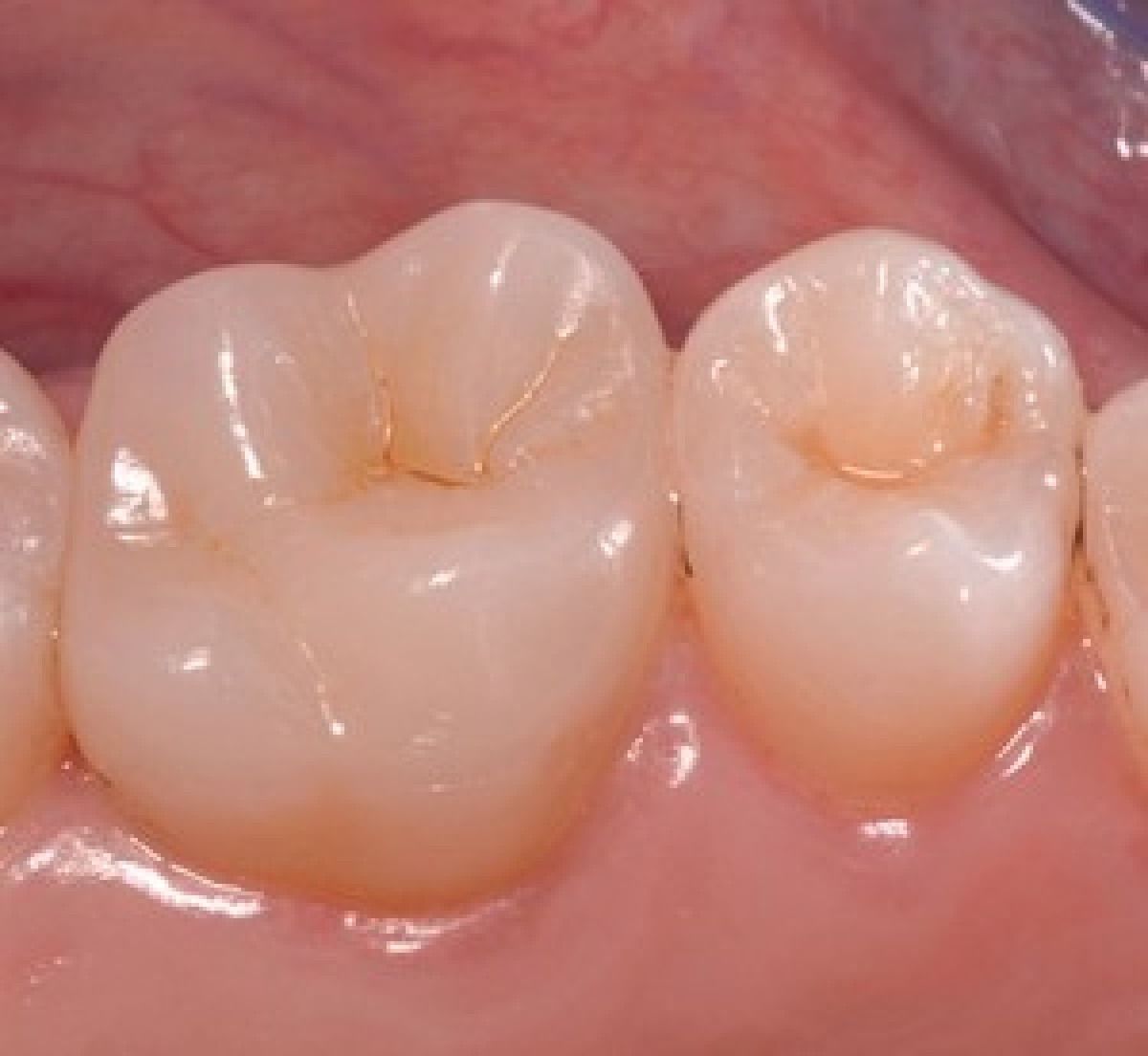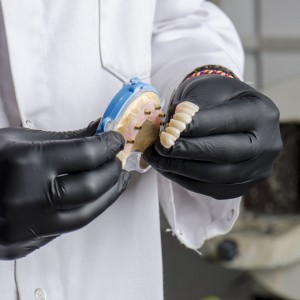
Cementation of zirconia crowns: effectiveness of self-adhesive dual cements
Massimo Gagliani
The cementation of zirconia crowns is always the subject of considerations; the inability to have an adhesive bond with the material makes the fixing process always problematic. Many authors have pointed out that, on the basis of systematic reviews of the literature, the MDP-containing cements (a monomer now free on the market and usable by several companies) showed considerable advantages for the chemical bonding obtainable with the zirconia interface.
MATERIALS AND METHODS
The study published in the Operative Dentistry examined "self-adhesive" cements (cements that can be used without conditioning the dentin substrate): RelyX U-200 (RXU200; 3M ESPE, Seefeld, Germany), SmartCem 2 (SC2; Dentsply, Milford, DE, USA), and G-Cem Automix (GCA; GC, Alsip, IL, USA). Panavia 21 (PAN; Kuraray Dental Co Ltd, Osaka, Japan), cement containing MDP was chosen for control. Single crowns were performed on the same appropriately rectified abutments and the values related to the marginal precision, in microns, between the crown and the abutment, pre and post-cementation were measured. The adhesion strength was evaluated with a precision dynamometer after the samples were subjected to thermocycling to make the cementation process more similar to the natural conditions.
RESULTS
The marginal precision was 34.8 ± 17.4 μm (pre-cementation) and 72.1 ± 31 μm (post-cementation), no significant difference was found between the groups of cements, while the adhesion values were extremely variable, ie the highest values were recorded in the SC2 and GCA groups (1385 Pa and 1229 Pa, respectively), while the lowest values were found in the PAN and RXU200 groups (738 Pa and 489 Pa, respectively).
CONCLUSIONS
Not all so-called "self-adhesive" cements, or resinous cements that do not require preliminary conditioning of the dentin surface, offer equal resistance in the cementation process of zirconia crowns. The choice of cement seems to be fundamental in the cementation phase of the zirconia crowns; appropriate information should be provided by the manufacturers.
For additional informations:
Marginal Fit and Retention Strength of Zirconia Crowns Cemented by Self-adhesive Resin Cements.
 Related articles
Related articles
Prosthodontics 31 October 2025
Rapid Prototyping Technologies and their Applications in Prosthodontics, a Review of Literature
The early computer-aided design/computer-aided manufacturing (CAD/CAM) systems were relied exclusively on subtractive methods.
Prosthodontics 13 October 2025
Periodontics, implantology, and prosthodontics integrated: the zenith‐driven rehabilitation
A customized treatment plan is important to reach results that will satisfy the patient providing esthetics, function, and long-term stability.
Prosthodontics 26 September 2025
This article aims to review the status, challenges, and directions of environmentally sustainable oral healthcare by focusing on the dental materials and procedures used in prosthodontics.
The concept of the minimal important difference (MID) of an oral health-related quality of life (OHRQoL) questionnaire has been proposed to refer to the smallest OHRQoL score difference considered to...
Prosthodontics 12 August 2025
Previous research regarding dental students has found modest predictive value in preclinical didactic course grades in predicting clinical performance, but systematic assessment of students’...
 Read more
Read more
Much like EMTs rushing to the scene after an accident, stem cells hurry to the site of a skull fracture to start mending the damage. A new finding has uncovered the signaling mechanism that triggers...
Products 05 November 2025
SimplyTest has launched a groundbreaking saliva-based test to detect high-risk strains of oral human papillomavirus (HPV), a major cause of oropharyngeal cancers.
News 05 November 2025
Perimetrics, Inc., a dental technology company pioneering quantitative diagnostics, announced today that the U.S. Food and Drug Administration (FDA) has granted clearance for the InnerView...
News 05 November 2025
On October 15, open enrollment for Medicare began nationwide. Hundreds of thousands of seniors in New Jersey will once again face the challenge of finding the right Medicare coverage, including the...
Digital Dentistry 04 November 2025
Digitalisation is an expanding field in dentistry and implementation of digital teaching methods in dental education is an essential part of modern education.















